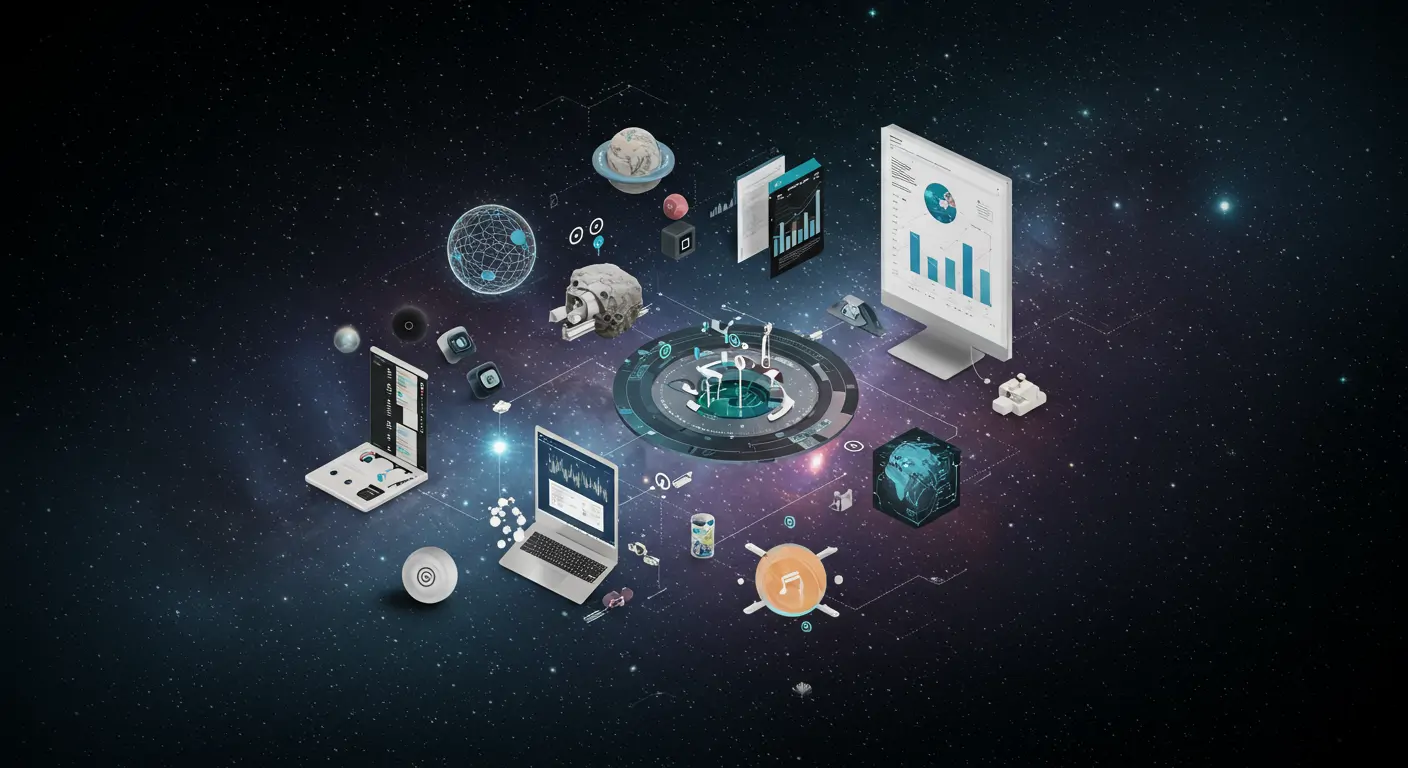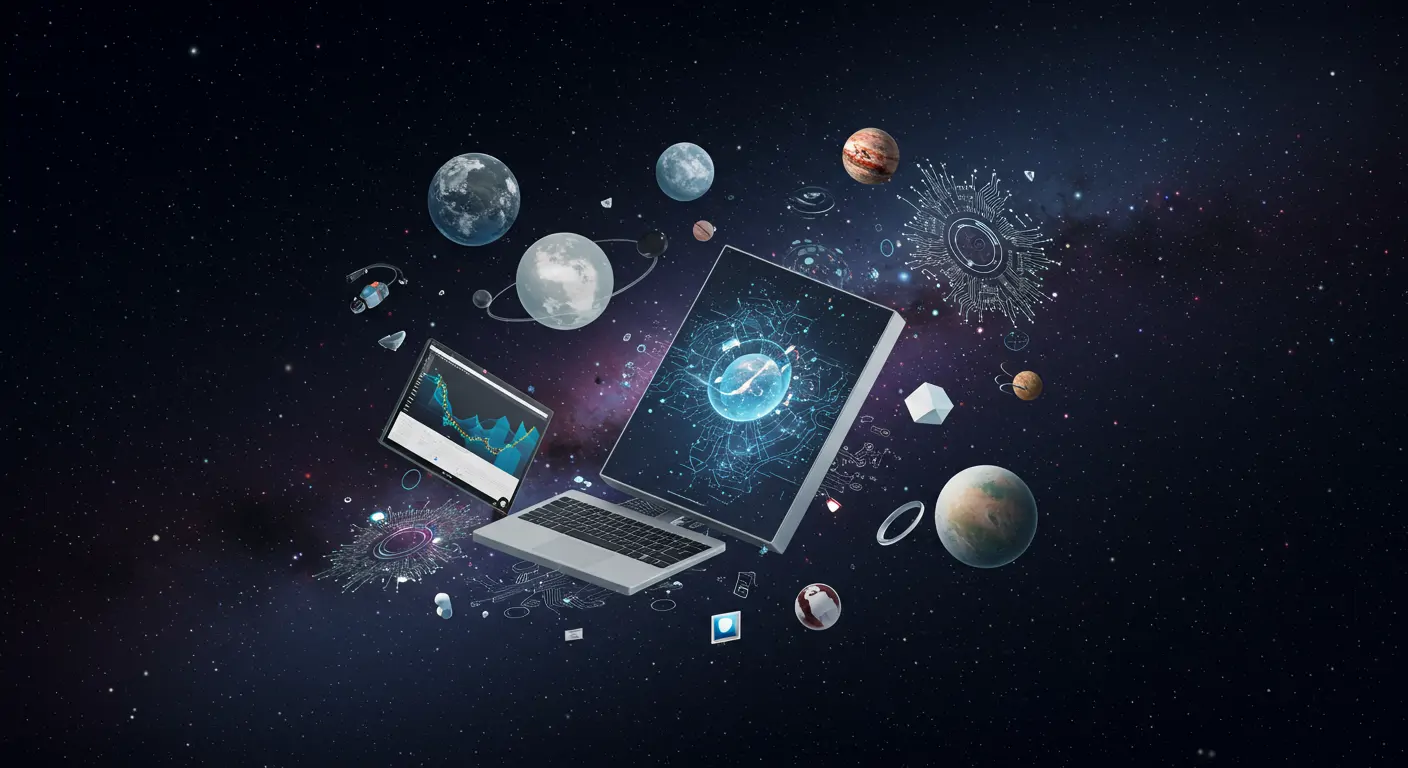Introduction
As we move further into the digital age, the demand for faster, more efficient data processing has never been greater. The rise of the Internet of Things (IoT) has led to an explosion of connected devices, all generating vast amounts of data that need to be processed in real-time. This is where edge computing comes into play. No longer a buzzword, edge computing is now a critical component in the IoT ecosystem, fundamentally changing how data is managed. In 2025, this trend is set to reshape industries, enhance user experiences, and drive innovation.
Current State
As of 2024, edge computing has transitioned from experimental implementations to mainstream adoption. According to a recent report by Gartner, the global edge computing market is projected to reach $43 billion by the end of 2025, growing at a compound annual growth rate (CAGR) of 37%. Companies like AWS and Microsoft Azure have introduced robust edge computing services that allow businesses to process data closer to the source, reducing latency and bandwidth use.
Key Drivers
- Data Volume: The exponential growth of IoT devices, expected to surpass 75 billion by 2025, is a primary driver for edge computing adoption.
- Latency Requirements: Applications requiring real-time processing, such as autonomous vehicles and smart manufacturing, necessitate edge computing for timely data analysis.
- Security Concerns: Decentralizing data processing reduces the risk of data breaches, as sensitive information can be processed locally rather than transmitted to a central server.
- 5G Technology: The rollout of 5G networks enhances the capabilities of edge computing by providing faster, more reliable connections.
Real-World Impact
Several companies are already reaping the benefits of edge computing. For instance, in 2024, General Electric deployed edge computing solutions in their manufacturing plants to monitor equipment in real-time, leading to a 20% reduction in downtime. Additionally, John Deere has integrated edge computing into their agricultural machinery, enabling real-time analytics that help farmers make data-driven decisions, resulting in improved crop yields.
Another notable example is Amazon, which has been leveraging edge computing to enhance the performance of its Alexa devices. With edge processing capabilities, Alexa can respond to commands faster and more accurately, significantly improving user experience.
Future Outlook
Looking ahead to 2025 and beyond, the implications of edge computing for developers and businesses are profound. Developers will need to adapt their applications to leverage edge capabilities, focusing on creating modular, decentralized solutions that can operate efficiently at the edge. Businesses that embrace edge computing will gain a competitive edge through improved operational efficiency, enhanced customer experiences, and innovative service offerings.
Moreover, industries such as healthcare, retail, and logistics will see transformative changes. For example, healthcare providers can utilize edge computing to process patient data locally, enabling faster diagnostics and personalized treatment plans. Retailers can implement smart inventory management systems that analyze stock levels and customer behavior in real-time.
Conclusion
The evolution of edge computing is not just a trend; it is a fundamental shift in how data is processed and utilized across industries. As we approach 2025, the integration of edge computing with IoT will unlock new possibilities for innovation and efficiency. Developers, businesses, and tech enthusiasts must stay informed about this trend to harness its potential and remain competitive in an increasingly decentralized world.
Key Takeaways: Edge computing is revolutionizing IoT by enabling real-time data processing, enhancing security, and driving innovation across industries. Watch for developments in 5G, data privacy, and new applications of edge technology.




